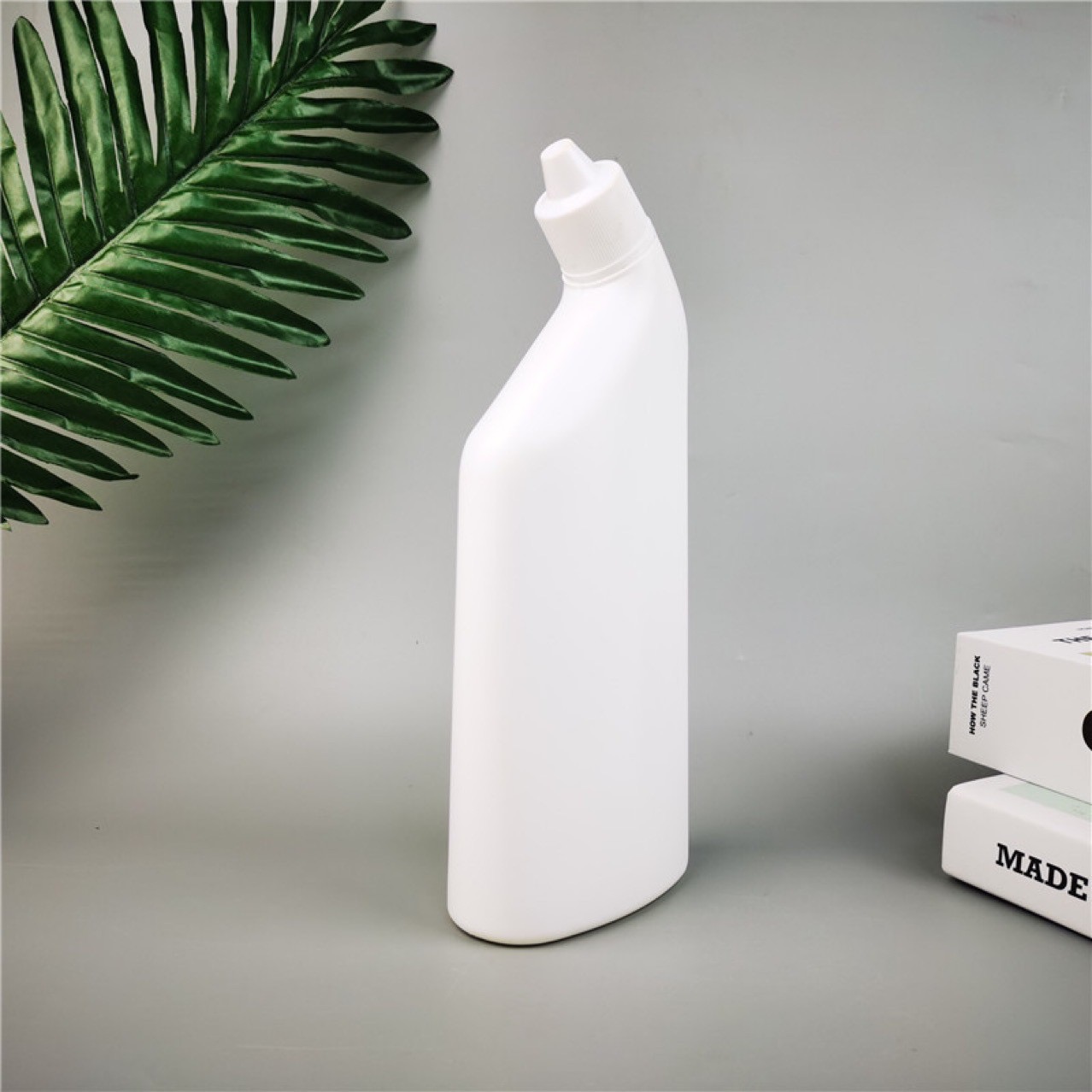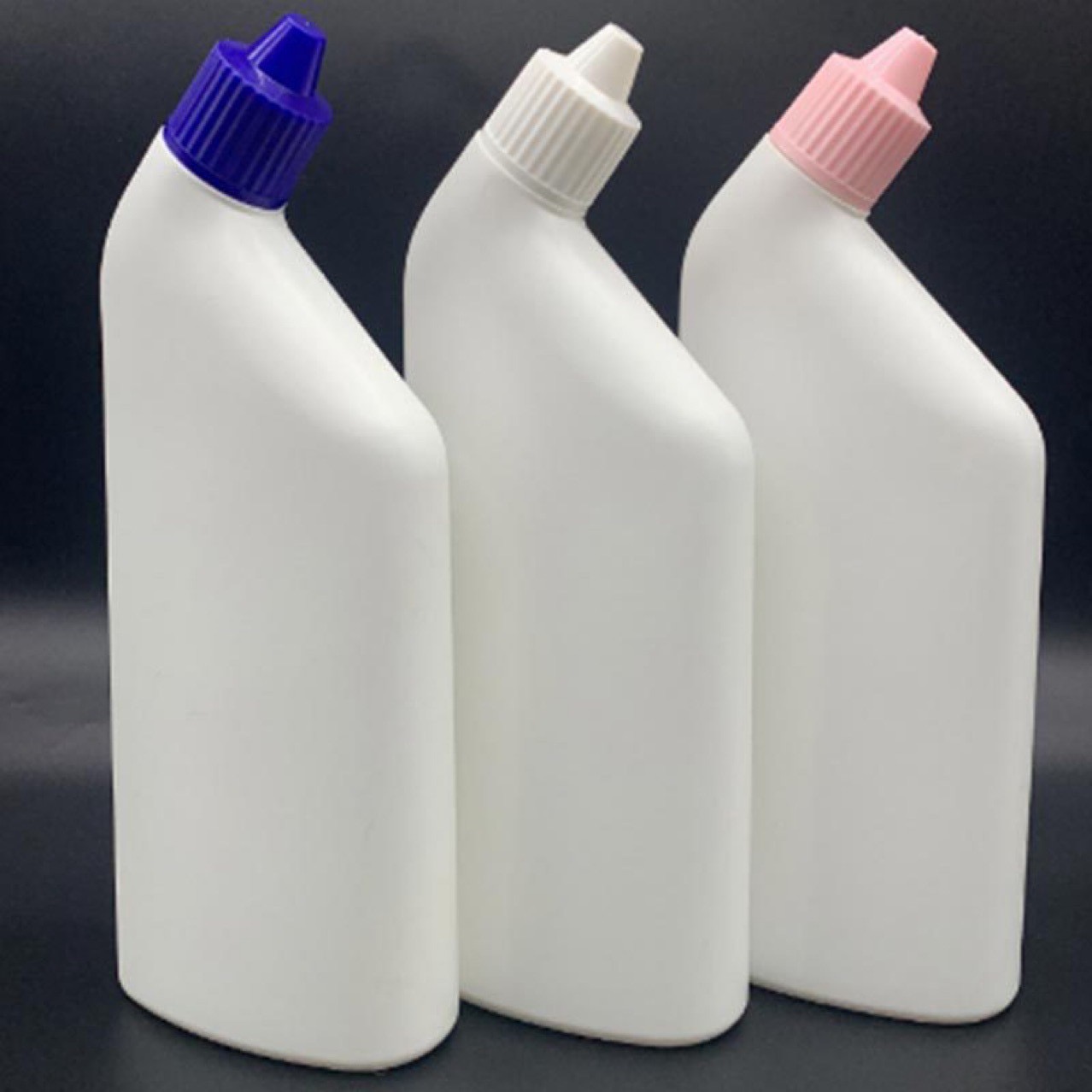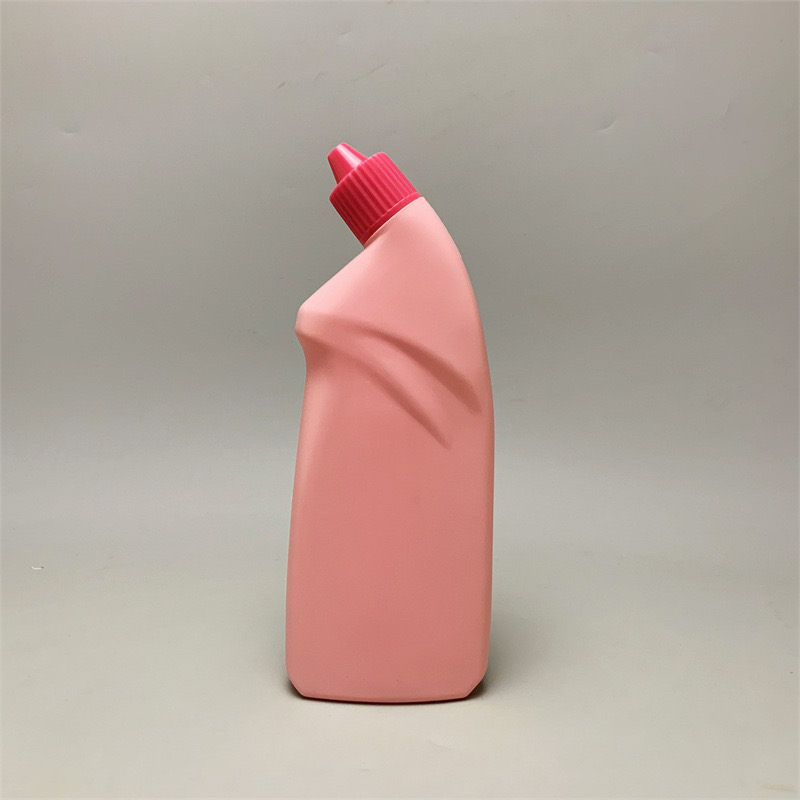Detergent plastic bottle mold
Views:
Mold Base Material:High - strength alloy steel (e.g., P20) or aluminum alloy (e.g., 7075 - T6)
Cavity and Core Material:Specialized plastic mold steel (such as H13)
Dimensional Accuracy:±0.05 - ±0.15 mm
Surface Roughness:Ra0.4 - Ra1.0 μm (for outer surface); Ra0.6 - Ra1.6 μm (for inner surface)
Ejection System:Mechanical (with ejector pins) or hydraulic ejection
Service Life:Expected to produce 200,000 - 600,000 parts
Maintenance Cycle:Recommended maintenance after 8,000 - 20,000 shots
- Content
Views:
Mold Base Material:High - strength alloy steel (e.g., P20) or aluminum alloy (e.g., 7075 - T6)
Cavity and Core Material:Specialized plastic mold steel (such as H13)
Dimensional Accuracy:±0.05 - ±0.15 mm
Surface Roughness:Ra0.4 - Ra1.0 μm (for outer surface); Ra0.6 - Ra1.6 μm (for inner surface)
Ejection System:Mechanical (with ejector pins) or hydraulic ejection
Service Life:Expected to produce 200,000 - 600,000 parts
Maintenance Cycle:Recommended maintenance after 8,000 - 20,000 shots
Appearance and Structure
The mold is a precisely engineered and durable construction. The mold base, which is often made of high-strength alloy steel like P20 or aluminum alloy such as 7075 - T6, offers a stable platform. It contains the cavities and cores crafted from specialized plastic mold steel like H13. These are meticulously designed to give the plastic bottle its specific shape, including the body, neck, and any additional features such as ridges or grooves for better grip.
It may also be equipped with cooling channels to regulate the temperature during the molding process. The layout and design of these channels are optimized to ensure uniform cooling and prevent warping or other defects in the final product.
Functionality
The main purpose of this mold is to convert molten plastic into high-quality cleaner plastic bottles with accurate dimensions. The dimensional accuracy typically ranges from ±0.05 to ±0.15 mm, which is essential for proper sealing and stacking of the bottles.
The surface roughness of the mold affects the finish of the bottle. The outer surface usually has a relatively smooth finish with a surface roughness of Ra0.4 - Ra1.0 μm to enhance the aesthetic appeal, while the inner surface, which has less strict cosmetic requirements, has a roughness of Ra0.6 - Ra1.6 μm.
The ejection system, whether mechanical with ejector pins or hydraulic, enables the smooth removal of the molded bottle from the cavity once the plastic has solidified. This ensures that the bottles are ejected without any damage or deformation.
Material and Durability
The choice of materials for the mold base and cavity/core is vital for its long-term performance. The high-strength alloy steel or aluminum alloy base provides the necessary rigidity and support, while the specialized plastic mold steel for the cavities and cores can withstand the high pressures and temperatures involved in the injection molding process. This allows the mold to have an expected service life of around 200,000 to 600,000 parts.
To maintain its optimal performance, a recommended maintenance cycle is established. This usually involves inspection, cleaning, and possible replacement of worn parts after 8,000 to 20,000 shots. Regular maintenance helps to prevent issues such as clogged cooling channels, damaged ejector pins, or worn cavity surfaces, which could otherwise affect the quality of the produced bottles.


 复制产品链接
复制产品链接
 长按图片保存/分享
长按图片保存/分享
Consultation form:
Consultation content:

You haven't added any products yet

Inquiry:
Inquiry:

You haven't added any products yet






